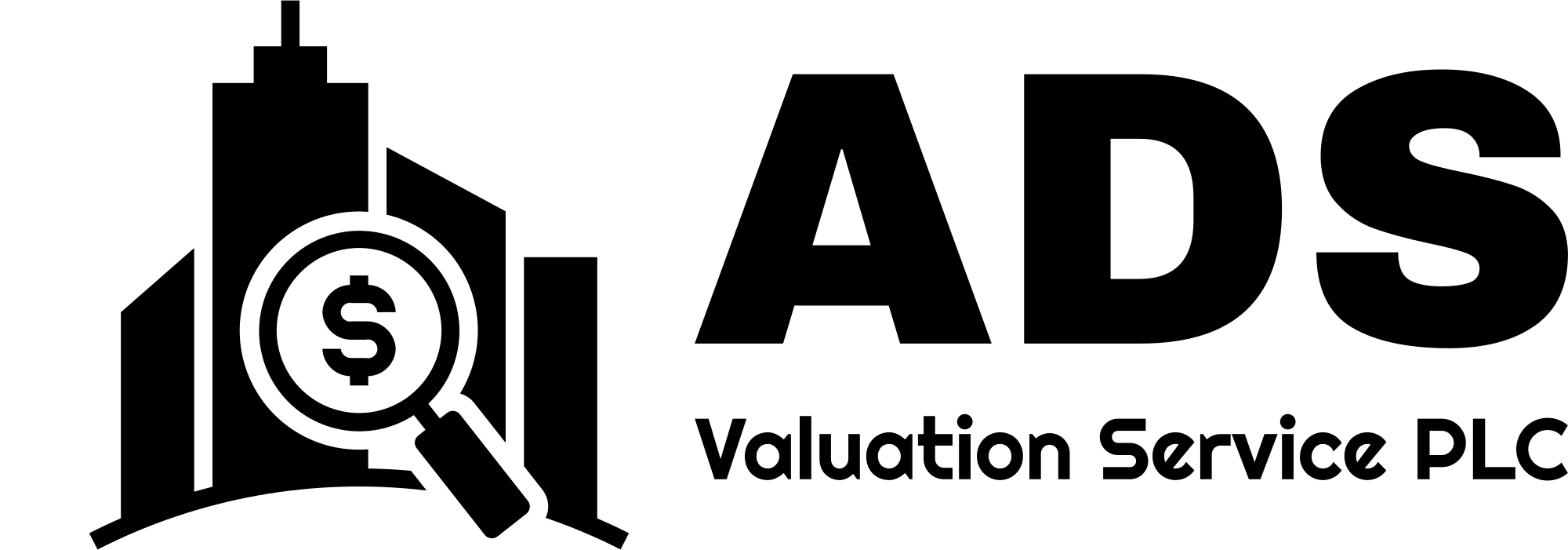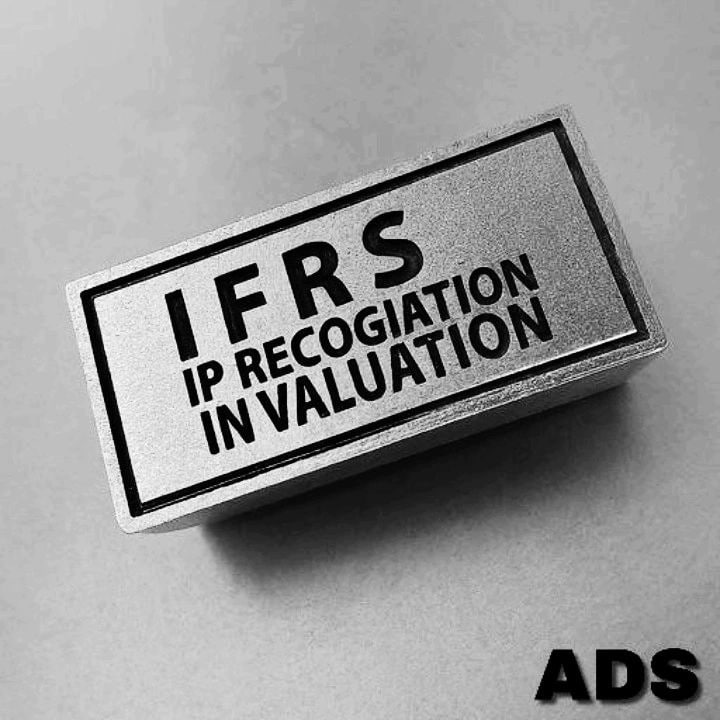
Key Methods for Valuing a Real Estate Company
Valuing a real estate company isn’t as simple as looking at the property’s price tag. It requires a sophisticated approach that considers various factors. 🏢📊
Determining the value of a property company involves a mix of various methodologies, each with its strengths tailored to different scenarios. The key approaches often include:
1. Net Asset Value (NAV):
This method involves assessing the market value of the real estate portfolio based on characteristics like location, building conditions, and leases. Other assets and liabilities are algebraically added or subtracted, along with net financial indebtedness, to determine the company’s value.
2. Comparative (Market) Method
This approach compares the subject property with similar ones in the market, focusing on recent transactions or those currently available in comparable markets.
3. Income Method
Here, we look at the present value of expected future results, capitalizing income at a market rate. This method considers the income characteristics, location, and use of the building to project investor expectations.
4. Cash Flow Method
Best for valuing properties undergoing transformation or restructuring, this method focuses on operating cash flows net of taxes. It also offers insights into potential goodwill value.
5. Market Multiples Method
Widely used by analysts, this method looks at comparable companies to determine relative discounts based on financial profiles, tax structures, and real estate activities.
Each of these methods offers unique insights, depending on the specific assets, property conditions, and the company’s financial structure. Using the right approach—or a combination of them—is crucial in capturing the full value of real estate companies.




